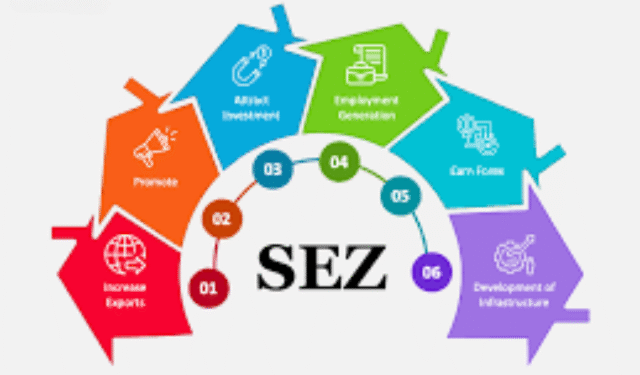The government has introduced groundbreaking reforms in Special Economic Zones (SEZ) rules, significantly easing regulations for semiconductor and electronics component manufacturing.
These amendments aim to promote high-value investments, recognising the capital-intensive nature and long gestation periods of the sector.
The revised SEZ Rules, 2006, now require only 10 hectares of contiguous land for semiconductor and electronics component SEZs, down from the previous 50-hectare mandate. Additionally, encumbrance-free land conditions have been relaxed—SEZ lands mortgaged or leased to the Central or State Government can now be considered for approval.
Further changes in Rule 53 allow goods supplied on a free-of-cost basis to be included in Net Foreign Exchange (NFE) calculations, assessed under customs valuation rules. Meanwhile, Rule 18 modifications permit SEZ units in semiconductor and electronics manufacturing to sell domestically into the Domestic Tariff Area (DTA) after paying applicable duties.
These amendments, notified on June 3, 2025, are expected to spur growth in India’s semiconductor manufacturing ecosystem, attracting foreign direct investment and creating thousands of skilled jobs. Following the reforms, the Board of Approval for SEZs has already sanctioned proposals from Micron Semiconductor Technology India Pvt Ltd (MSTI) and Hubballi Durable Goods Cluster Private Ltd (Aequs Group) to set up exclusive SEZs for semiconductor and electronics component manufacturing.
Micron’s SEZ facility will span 37.64 hectares in Sanand, Gujarat, with an investment of ₹13,000 crores, while Aequs will establish its 11.55-hectare SEZ in Dharwad, Karnataka, investing ₹100 crores.
These measures align with India’s vision to become a global hub for semiconductor production, strengthening its role in the high-tech manufacturing sector.





























